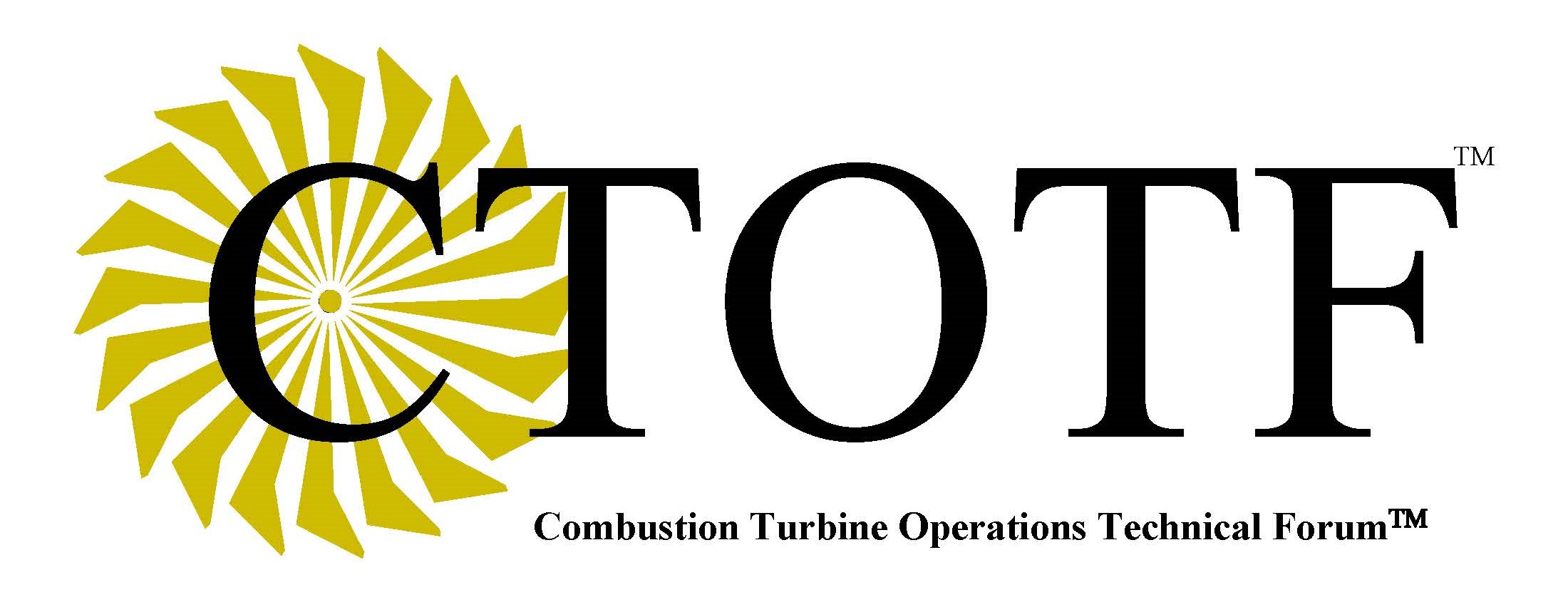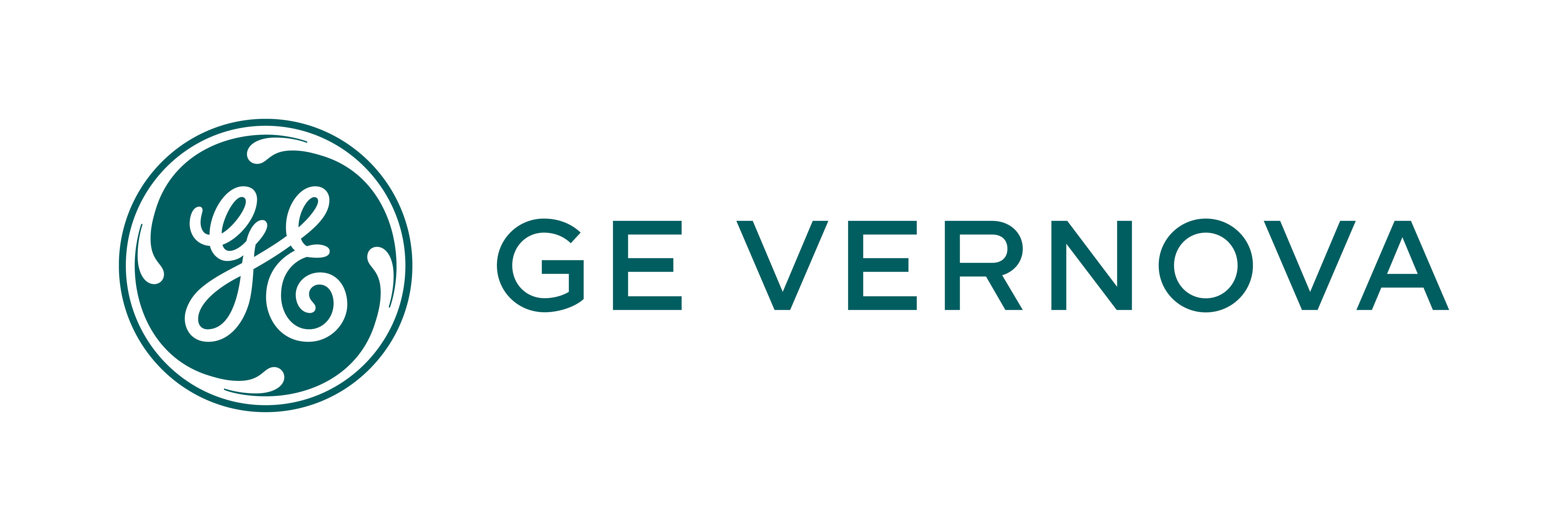Our Message
GAS TURBINES:
Produce More Than a Third of Our Nation’s Electricity
Includes an Installed Base of Thousands of Operating Assets
Are a Cornerstone Energy Conversion Technology
Provide Electricity & Heat for Industries and Communities
Are Essential for Ensuring GRID Resiliency
Provide Power Security and Reliability to the Growing Renewable Portfolio
Are a Critical Part of the Clean Energy Solution for Today and for Tomorrow
Since 1970’s Have Been Focused on Reducing Green-House Gas (GHG) Emissions
Next Generation Turbines Will be Able to Use a Range of Cleaner Fuels
GAS TURBINES:
- Make America Strong
- Sustain U.S. Leadership
- Solve the Energy Trilemma
- Energy Security
- Energy Equity
- Environmental Sustainability
National Security
With gas as a national foundational fuel, advances in gas turbine power generation secure our country’s ability to reliably dispatch power where and when needed.
Ensure U.S. Leadership
Sustain and enhance U.S. technical leadership in the engineering and manufacturing of gas-based generation systems despite increasing foreign investment
Economic Benefits
Gas turbine advancements lower capital and operation costs spurring national energy infrastructure build out, U.S. high tech jobs and exports.
Effective Decarbonization
Improve the environment, enable renewables growth and lower greenhouse gas emissions along with other air pollutants. Expanded carbon free fuels capability including 100% hydrogen.
The Above is Achieved through Continued Investment and Market Driven Evolution of Gas Turbine Technology

Investments in gas turbine technologies that substantially enhance energy conversion efficiency, relative to today’s state-of-the-art technology, and as recommended in a consensus study report published in January 2020 by the National Research Council, are critical to a future state and national green energy infrastructure.
In 2018 the Advanced Gas Turbine Manufacturing Technology Roadmap was developed by Energy Florida and the Consortium for Advanced Production and Engineering of Gas Turbines (CAPE) to outline the necessary steps for developing new industrial materials, manufacturing processes, inspection and data protocols, maintenance repair and overhaul activities, and workforce development and safety issues to advance the next generation of gas turbine and rotating machinery manufacturing technologies here in the United States. Funded through a cooperative agreement with the National Institute of Standards and Technology's Advanced Manufacturing Technology Consortia (NIST AMTech) program, the CAPE roadmap makes recommendations for the adoption and implementation of collaborative, pre-competitive industry practices cross-cutting between the various gas turbine industry sectors, as well as between the power generation and aviation gas turbine industry, in order accelerate gas turbine technology development and commercialization and increase the global competitiveness of the US gas turbine industry.
Our History
The stimulus to found GTA was the need to support the Advanced Turbine Systems (ATS) Program. The ATS Program was started in 1992 which provided about $250 million over 8 years in funding from the US Department of Energy and a similar amount from industry for advanced gas turbine research and development (R&D). The main contractors were GE and Westinghouse (later acquired by Siemens) in large gas turbines, and Solar Turbines (subsidiary of Caterpillar) and Allison (later acquired by Rolls-Royce) for small gas turbines. The ATS Program also included funding for US universities to do fundamental research in gas turbines through the University Turbine Systems Research (UTSR) Program.
In Congress the House changed from Democrat to Republican majority in 1994, and there was a big push to reduce the size of government. The ATS Program was in jeopardy.
The ATS Program was funded through its completion as planned in about 2000. As the ATS Program was winding down, GTA started advocating for a follow-on program of gas turbine R&D, called the Next Generation Turbine (NGT) Program, focused on advanced intercooled cycles as well as continuing the UTSR Program and some specific technology programs such as ceramics.
The NGT Program was underway briefly until it was replaced with the Advanced Turbines Program with a focus on integrated coal gasification combined cycles (IGCCs) with carbon capture and storage (CCS), with the objective to reduce their capital cost and increase their efficiency to the point where an IGCC with CCS would have a cost of electricity equal to or lower than that of the baseline commercial IGCCs without CCS (the reference case).
GTA then advocated for a bill by Representative Tonko (D-NY) that would provide funding of $340 million over 4 years to develop technology to enable natural gas - fueled combined cycles to reach 65% efficiency and simple cycles to reach 50%. The bill, HR3209, passed the House on December 1, 2009.
Although saving the ATS Program was the primary reason GTA was formed in 1995, it was also clear at the time that the gas turbine industry would benefit if GTA could advocate rational and achievable emissions regulations to EPA. The effort was started in parallel with the advocacy of gas turbine R&D. Much of the work has been has been in the vein of informing EPA and other government agencies of the technical and practical issues with proposed regulations. The GTA makes recommendations for changes to the proposals so that the rule language matches the realities of gas turbine operations.















